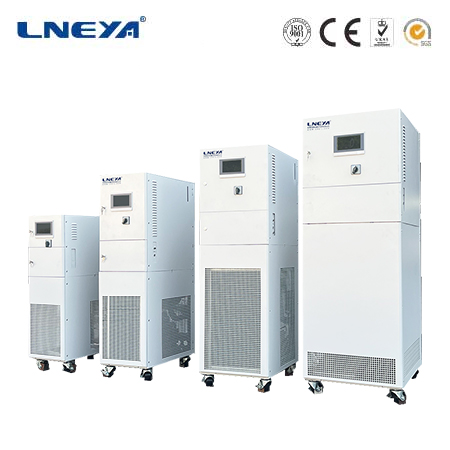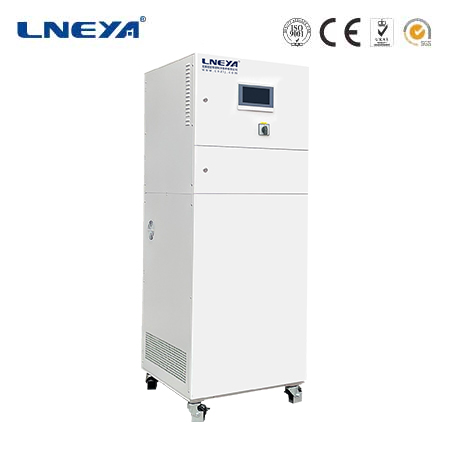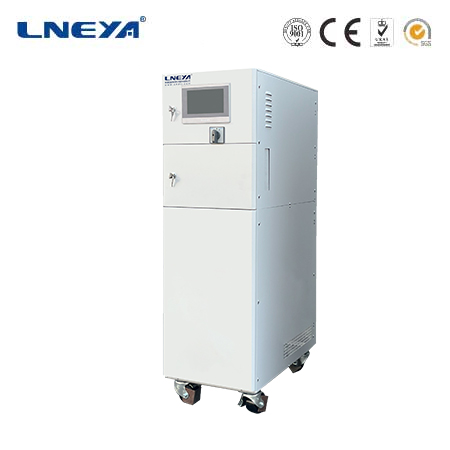water cooled chilled water system
Water-Cooled Chilled Water Systems: A Comprehensive Overview
Water-cooled chilled water systems are a subset of HVAC systems that utilize water as a cooling medium. These systems are prevalent in large commercial buildings and industrial applications where high cooling capacities are required. This article delves into the specifics of water-cooled chilled water systems, discussing their construction, operational mechanisms, and the benefits they offer over air-cooled alternatives.

Components of a Water-Cooled Chilled Water System
The primary components of a water-cooled chilled water system include:
Chiller: The core unit that removes heat from the water.
Cooling Tower: Facilitates the rejection of heat from the condenser water to the atmosphere.
Pumps: Circulate the chilled water and condenser water through the system.
Heat Exchangers: Transfer heat between the fluids.
Operation Principles
The operation of a water-cooled system involves the circulation of water, which absorbs heat from the building’s air and then carries it to the chiller. The chiller cools the water, which is then circulated back into the building. The heat absorbed by the chiller is transferred to the condenser water, which is cooled in the cooling tower and recirculated.

Advantages of Water-Cooled Chilled Water Systems
Efficiency: Water can absorb more heat than air, making water-cooled systems more efficient.
Reliability: Less susceptible to ambient air temperature fluctuations.
Scalability: Suitable for large-scale applications with high cooling demands.
Applications
Water-cooled systems are used in various applications, such as:
Commercial Buildings: Office buildings, shopping centers, and hospitals.
Industrial Applications: Manufacturing facilities and data centers.
Efficiency Considerations
The efficiency of water-cooled systems can be influenced by factors such as:
Water Quality: Impacts the performance and maintenance of the system.
System Design: Proper sizing and configuration are crucial for optimal performance.
Environmental Impact
Water-cooled systems can reduce the environmental impact by:

Minimizing Energy Use: Through higher efficiency compared to air-cooled systems.
Reducing Heat Rejection: By effectively managing the heat transfer process.
Conclusion
Water-cooled chilled water systems offer a robust solution for cooling large-scale facilities. Their efficiency and reliability make them a preferred choice in various applications. Understanding the components, operation principles, and considerations for efficiency and environmental impact is essential for the effective implementation and management of these systems.
This article aims to provide a thorough understanding of water-cooled chilled water systems, ensuring that readers are well-informed about their design, operation, and benefits. With a focus on both practical and theoretical aspects, it serves as a valuable resource for professionals in the HVAC industry and those seeking to optimize their cooling solutions.
Related recommendations
cooler cooling
321Introduction to Chiller Cooling SystemsChiller cooling systems are essential for maintaining comfortable temperatures in commercial buildings, industrial processes, and data centers. These systems...
View detailsindustrial process cooling system
412Industrial Process Cooling Systems: A Comprehensive Overview Industrial process cooling systems are critical in maintaining the precise temperatures required for efficient and effective operati...
View detailsfactory chiller
125IntroductionIn the realm of industrial operations, factory chillers play a pivotal role in ensuring smooth production processes and maintaining the integrity of equipment and products. A factory ...
View details5 tr water chiller
2325 TR Water Chiller: A Comprehensive GuideWhat is a 5 TR Water Chiller?A 5 TR water chiller is a cooling device with a cooling capacity of 5 tons of refrigeration. One ton of refrigeration is equiv...
View details
 LNEYA Thermal Test Chillers
LNEYA Thermal Test Chillers






HelloPlease log in